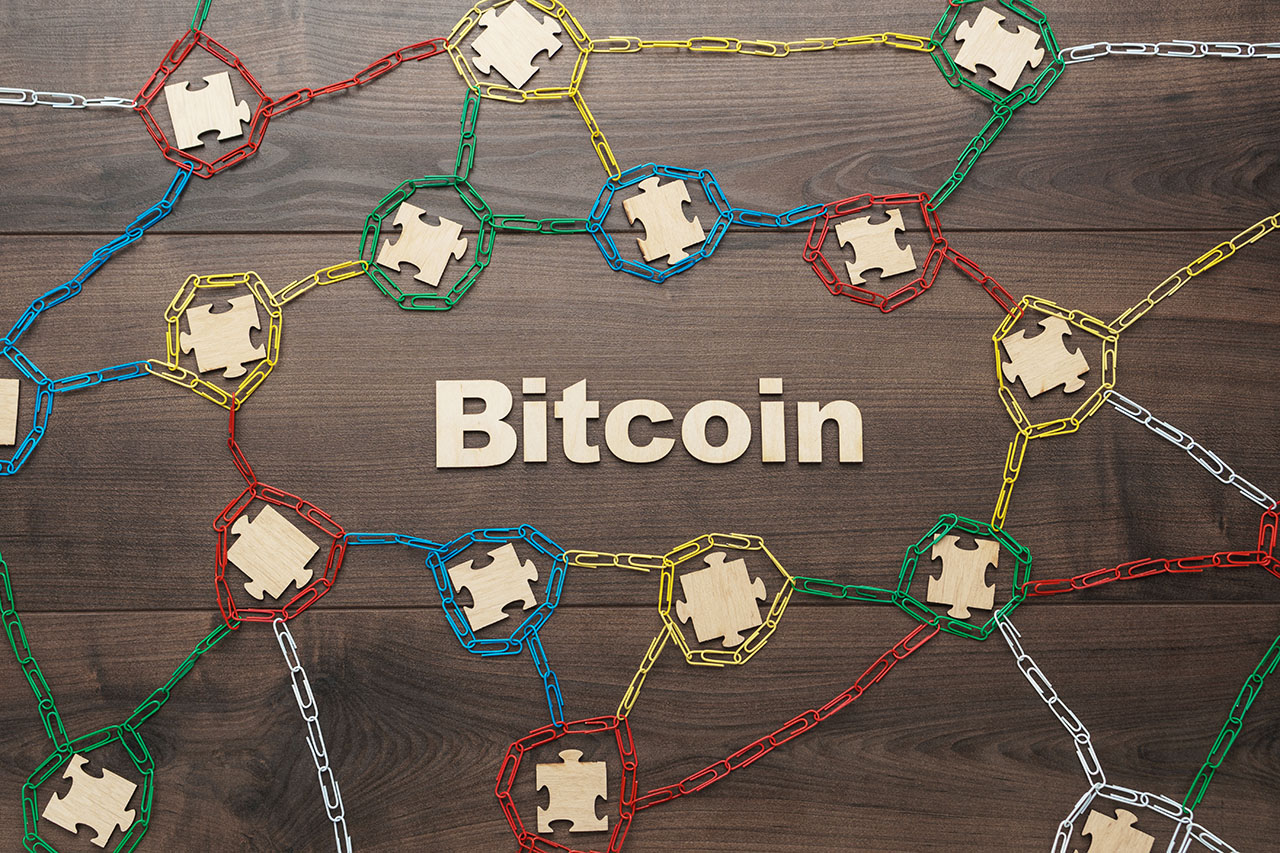Blockchain technology is one of the most impactful innovations of the 21st century. Created to support cryptocurrency trading, it powers multiple digital currencies like Bitcoin, Ethereum, Litecoin, and others. The brains behind it are now working on integrating Blockchain into business, art, medicine, and various other fields.
This article is both for crypto enthusiasts and those with a casual interest in the technology powering the ecosystem. It will explain how Blockchain facilitates cryptocurrency exchange across its safe and secure networks.
Deconstructing Blockchain
Blockchain is a method of storing info that makes it impossible to be stolen, hacked, or tampered with in any way. It is essentially a shared database connected by and spread across various nodes of a private computer network. This database records information digitally that network members can use.
Multiple Blockchains make up the cryptocurrency sector as we know it today. Their role has been crucial in advancing various crypto systems – as has been witnessed with Bitcoin specifically – because they help maintain a decentralized and secure record of transactions.
Simply put, Blockchain is a digital ledger recording cryptocurrency investments and transactions that are replicated and distributed all over a network of computer systems. All the “blocks on the chain” include multiple transactions. Whenever a new one takes place, a record of that particular transaction gets added to the ledger (block) of every participant (member).
Multiple members manage this decentralized database. It’s called DLT (Distributed Ledger Technology). So, in essence, Blockchain is a kind of DLT through which transactions are stored using a “hash,” which is an immutable cryptographic signature.
The main advantage of a cryptocurrency network powered by Blockchain is the guaranteed privacy and security of all data. It generates trust without the involvement of a trusted third party, as is the case with conventional financial systems. In other words, sensitive information can be digitally stored and distributed using a Blockchain setup. However, it can’t be altered, edited, destroyed, or deleted.
Working Mechanism of Blockchain
Taking Bitcoin as an example, this section will help you further understand the technology behind the world’s most sought-after cryptocurrencies.
Step 1
Sale and purchase activities of Bitcoin are recorded and transmitted through a network of powerful computer systems. They’re commonly called “nodes.”
Step 2
These nodes, spread worldwide, then work to confirm the new transaction(s) through various computer algorithms. This process is called “Bitcoin mining” and the users/members are known as “miners.”
The miner first to complete a new block successfully is rewarded in the form of Bitcoins. They are paid using a combination of network fees, which are covered by the concerned buyer and seller,– and newly minted Bitcoins. Fees increase and decrease according to transaction volume.
Step 3
Once a purchase has been cryptographically confirmed, the network adds the sale to one of the blocks on the “distributed ledger.” After that, the rest of the ecosystem works to secure the sale.
Step 4
After confirming a purchase, the block with the transaction info is permanently connected (chained) to older blocks carrying Bitcoin transaction details. It’s done with the help of a “hash,” a cryptographic signature/fingerprint. The sale is then processed.
Banks vs. Blockchain
The term “Blockchain” first appeared in the academic world during the early 1980s. A dissertation in 1982 discussed the “structure of a distributed network of private computer systems that could be set up, maintained, and trusted by groups working together for similar goals.”
However, it wasn’t until 2008 when a paper titled “Bitcoin: A Peer-to-Peer Electronic Cash System” by the mysterious Satoshi Nakamoto – the name or pseudonym behind the creation of Bitcoin – that this academic theory became useful in real life.
Many consider Blockchain as a seriously disruptive force with the potential to alter the world’s financial system, especially concerning banking and public payment mechanisms. In truth, there’s a world of difference between a bank and a decentralized, privately managed Blockchain.
Below are a few ways the two are different.
| Service | Blockchain (Facilitating Bitcoin) | Banks |
|---|---|---|
| Business Hours | There are no set business hours for Blockchain. It is accessible at any time of the day, week, or month from anywhere in the world. | Typical business hours at a commercial bank branch are from 9:00 AM to 5:00 PM on weekdays. Reduced working hours are followed on some weekends throughout a calendar year. There are also bank holidays. |
| Transaction Fees | Transaction fees on a Blockchain are normally determined by the network’s users, like Bitcoin miners in the case of Bitcoin. As a result, an open marketplace is created where transactions do not get processed if the user sets a low fee. | The bank has different charges, including card payments, check fees, wire transfer charges, etc. Customers are not in control of setting these rates, and the payment is not made directly by the user in many cases. |
| Speed of Transactions | Bitcoin transactions over a Blockchain network can be completed in just 15 minutes. The maximum time that can be taken is a little over an hour, which is usually due to network congestion. | There are slightly varying timelines for payment processing by a bank. For example, card payments take 24 to 48 hours, while checks can take as much as 72 hours to be cleared. However, local online bank transfers/wire transfers are relatively quick and can be completed in less than 24 hours. |
| Privacy | Crypto systems over a Blockchain can be as private as the user wants them to be. For instance, Bitcoin amounts can be traced but determining ownership is virtually impossible if the trader wishes to preserve their anonymity. | Banks store client information on their private servers. While the clients retain control over who that info is shared with, the privacy is often limited to how sophisticated and secure the servers are. Moderately skilled and smart hackers have been known to get past banks’ firewalls many times worldwide. Besides, government agencies and law enforcement authorities can access someone’s private bank account information by simply writing a letter to the bank, making a phone call, or visiting the bank’s branch. |
| Security | The security of a Blockchain-based crypto trading setup improves as the size of the network increases. Especially with Bitcoin, the level of protection is entirely dependent on the holder. This is why experts recommend utilizing cold storage to secure larger quantities of Bitcoin and other cryptocurrencies. | Again, security goes only as far as the bank’s servers are safe. That too, provided that a client takes all Internet safety measures like two-factor authentication and secure passwords (to be changed regularly). |
The Future
To date, Bitcoin remains the most popular application of Blockchain technology. However, numerous other cryptocurrencies have built their ecosystems using this promising platform. Only time will tell if crypto will revolutionize global finance the way so many expect it to.
There’s no limit as far as the possibilities of Blockchain are concerned. The technology is growing at breakneck speed. Its possibilities are endless and many believe it will cause dramatic changes in various industries.
For the latest news from the crypto industry, keep following The Crypto World.



